Designing Everyday Interactions with Plants
Plants are present in almost every part of our daily lives; they are the green we pass, the food we eat, the materials we touch. Yet beyond these roles lies a connection we often overlook. We help people become aware of this neglected but crucial relationship by reimagining everyday moments with plants, creating small interactions that slip into daily routines, and fostering interdependent relationships in our living spaces.
How deep is your relationship with the plants around you?
With the rapid advance of urbanisation, the dominance of concrete buildings, high population density, and pervasive digital networks has contributed to a growing disconnection between people and nature. In our cities, we often only encounter nature in controlled spaces such as parks, or through keeping plants in their homes. Despite rising interest in houseplants, the market remains focused on human needs like decoration and air purification. As a result, opportunities to connect with plants in more diverse and meaningful ways are often overlooked.
In response, we introduce a beyond-human perspective into the marketplace by enabling human–plant interactions in domestic spaces and by fostering symbiotic relationships.
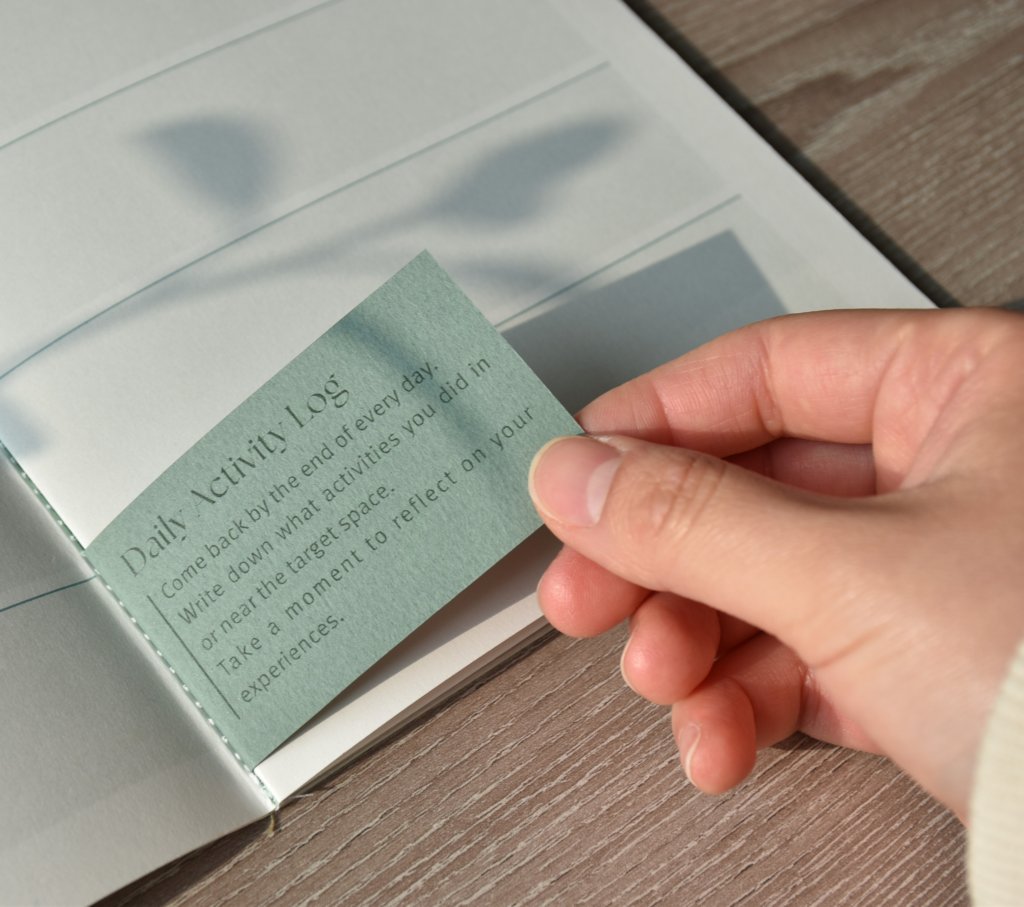
To design interactions that value plant perspectives while resonating with people’s practical and emotional needs, we developed a five-day diary for participants to record the nuances of daily life and their experiences with plants.
We started in the designer’s own bathroom, where she documented her routines through notes and photography. She reflected on her emotions and behaviours during everyday activities, while also recording plant-relevant data such as humidity. This revealed her challenge about being able to fully relax, often finding herself scrolling on her phone. In response, she prototyped the Symbiotic Lamp, which provides a structure for plant shoots to grow, casting shifting light and shadow. The lamp reminded her to focus on the present and highlighted the plant shoots’ living presence as companions.
Insights gained from this inspired the prompts for the diary and the workshop, where the designer and participants co-created human–plant interactions tailored to their spaces and needs.
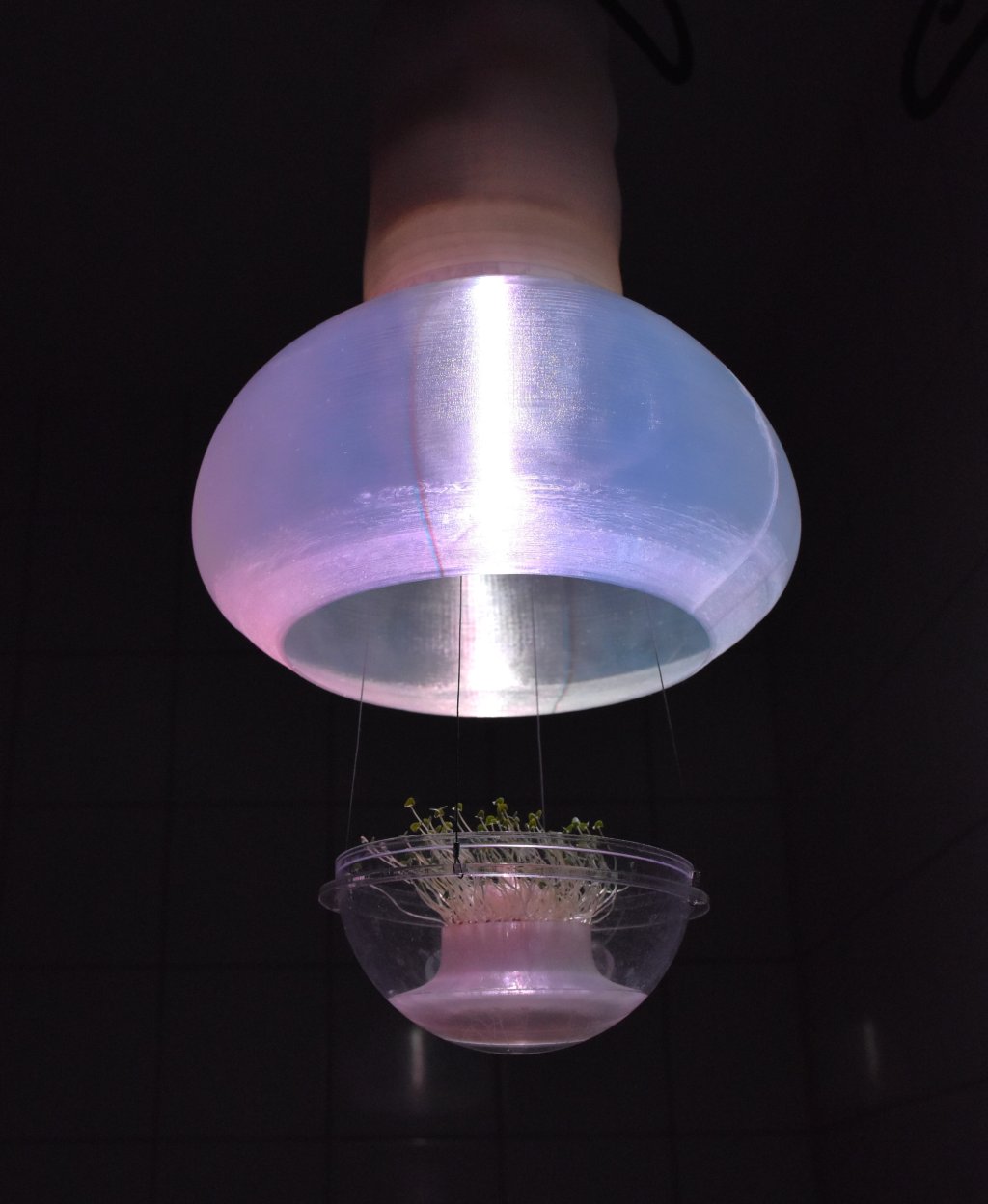
Human–plant interaction design often uses technology to make plants’ hidden processes visible to people. Yet some participants noted that distance itself can encourage appreciation and mindfulness, so the project carefully balanced technology with individual preferences to create meaningful interactions.
The designer also observed that participants became more attuned to plants by diary-keeping and co-creation. This sensitivity was provoked and translated into designs that deepened everyday connections with plants.
This method later evolved into the service design of SymbioFab, a speculative design studio that envisions new forms of multispecies cohabitation. Future challenges lie in developing a viable business model and understanding the long-term impact of integrating human–plant interactions into daily life.
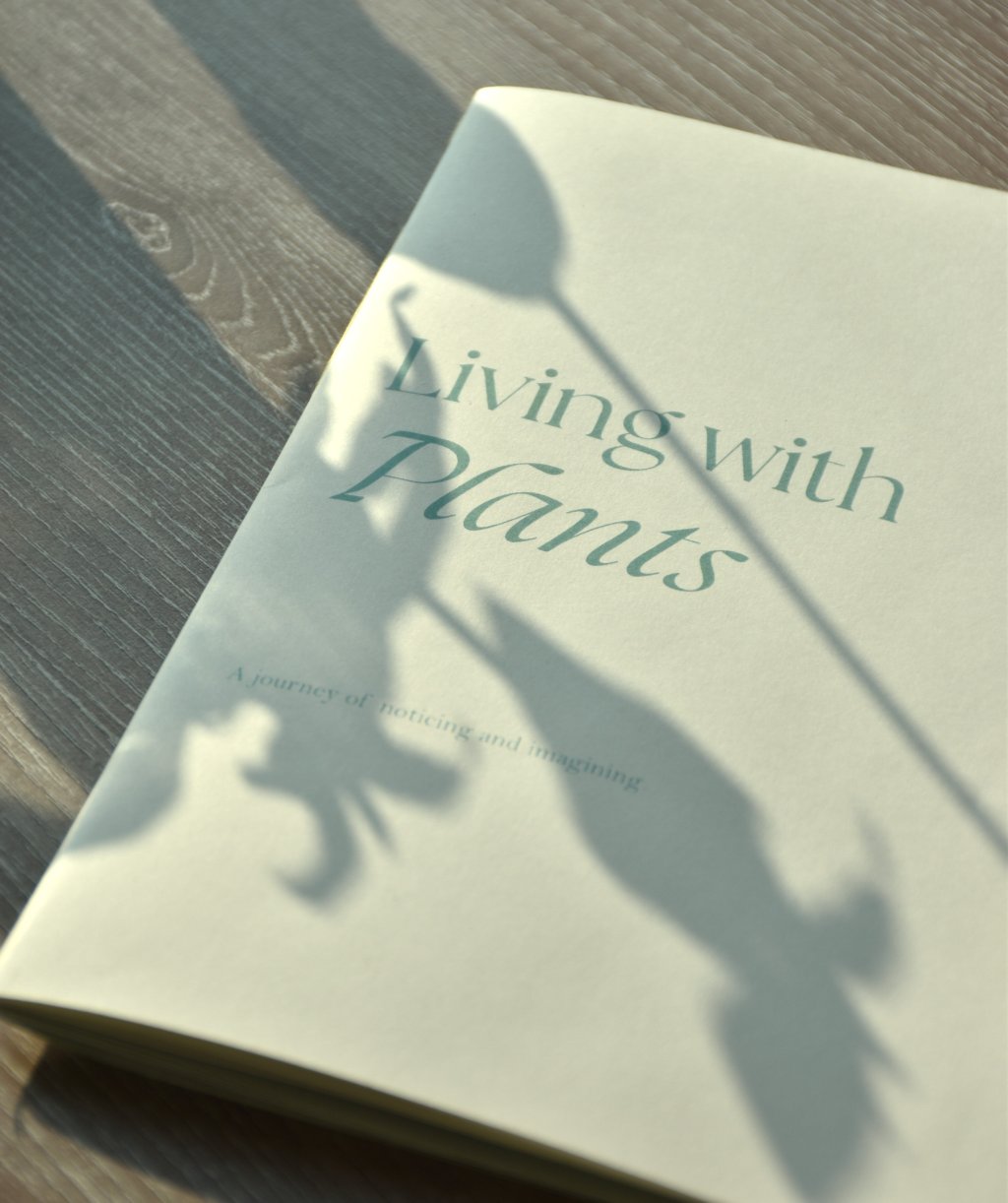
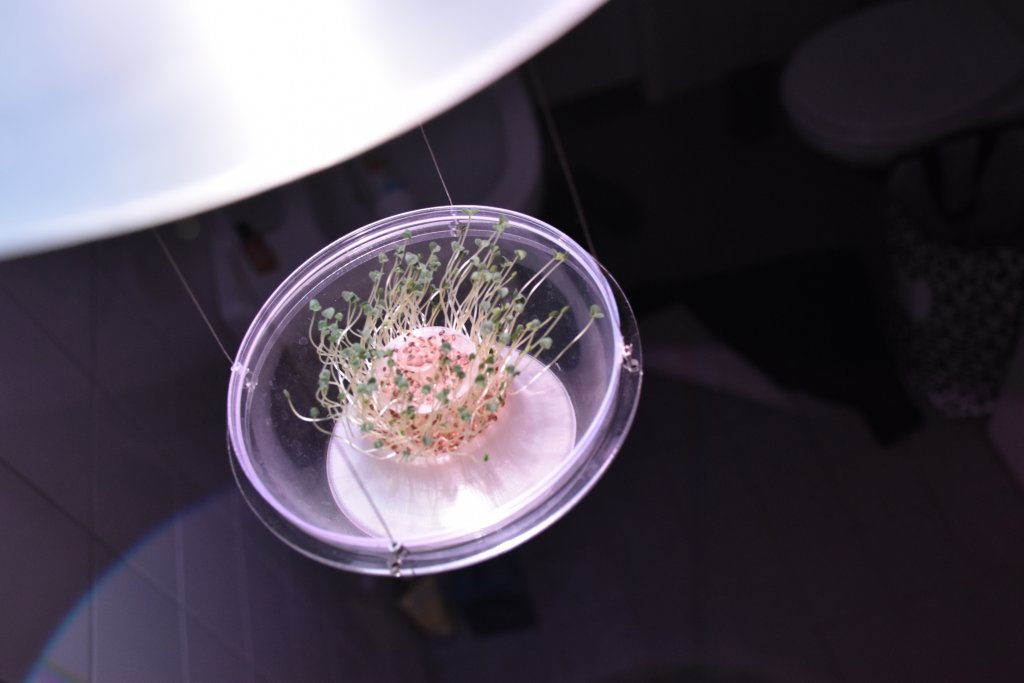
don’t have other negative thoughts for a while.”
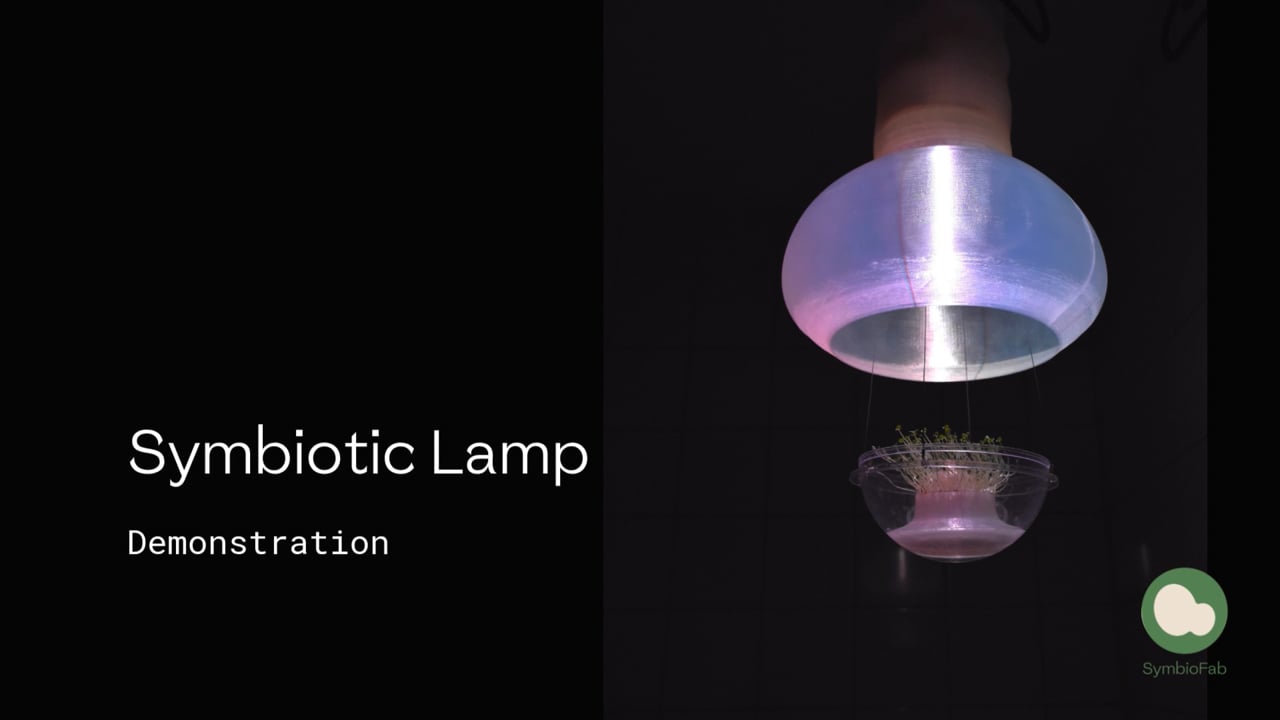
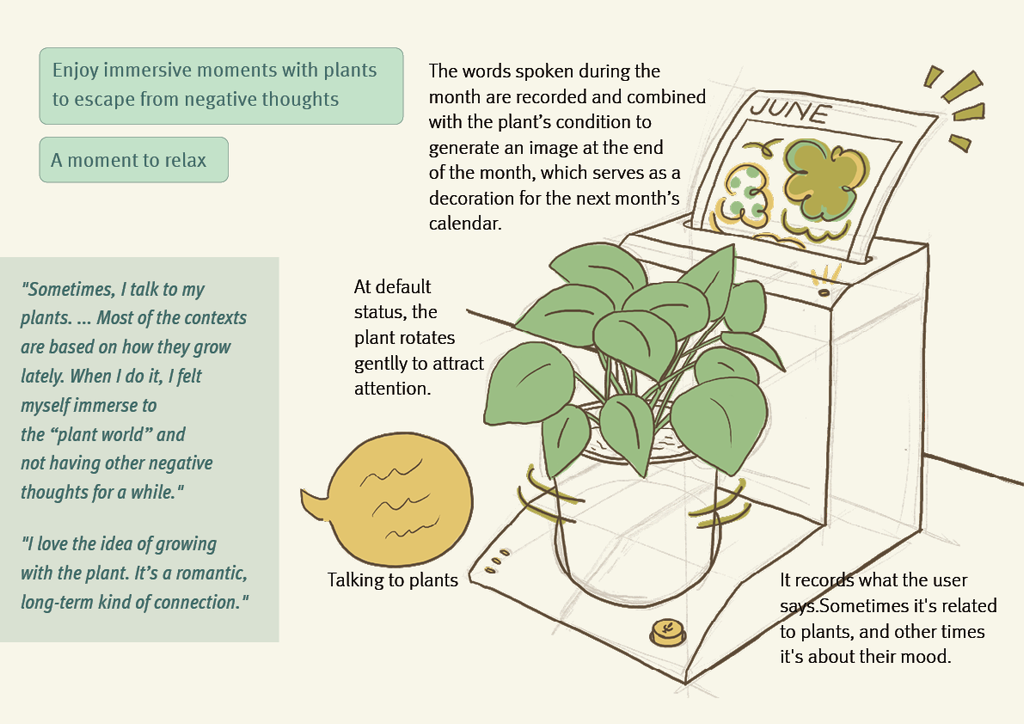
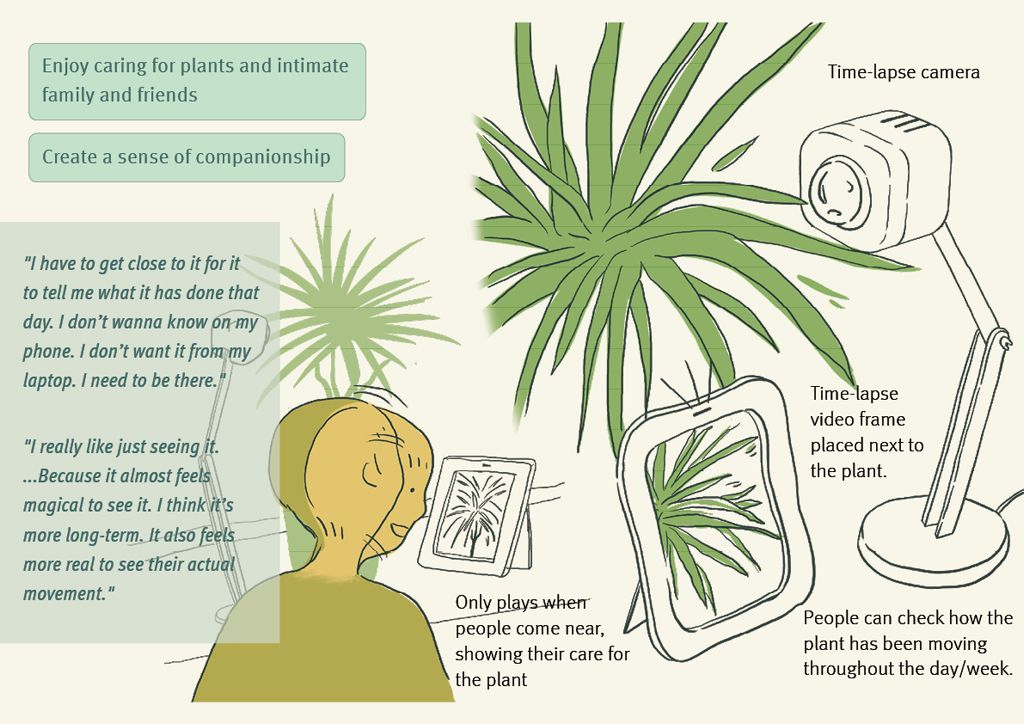
Share
Contacts
- -
